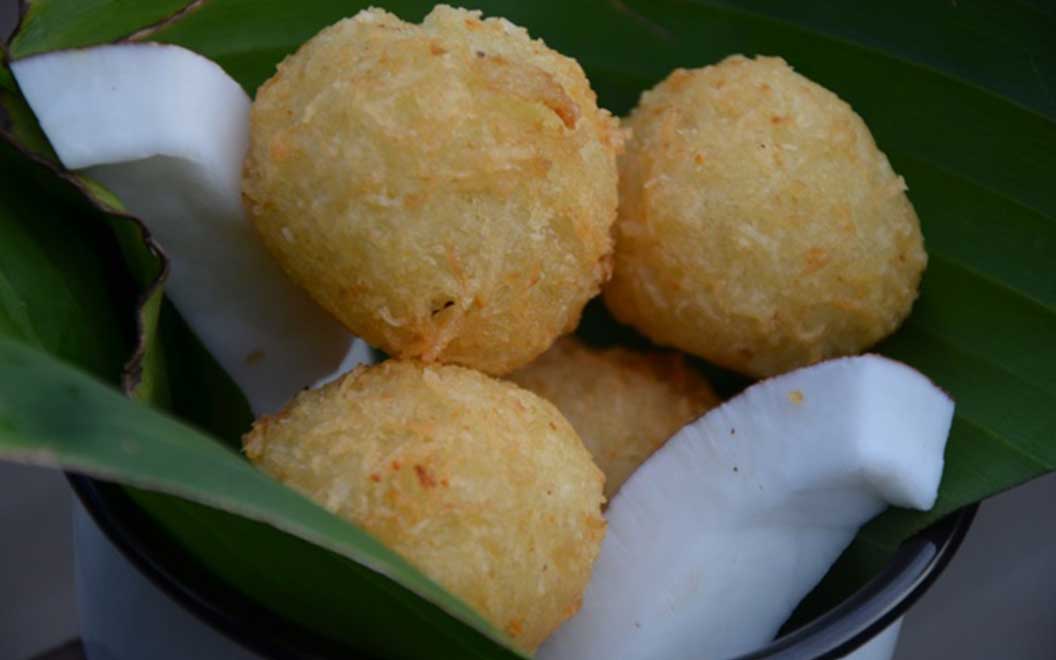Every country holds its local foods and snacks in high esteem and enjoys them anytime and anywhere. Ghana has nice delicacies and snacks that are loved by everyone who comes into the country. Locally made snacks or delicacies are noted to have an ancestral inclination thus these foods prepared locally by the Ghanaians, especially the old women play a significant role in reminding them of their past and how the preparation of those foods was passed on to them by their parents or grandparents.
One of the snacks that have proved its worth to Ghanaians is cassava. Cassava has shown its worth due to the numerous benefits it plays in satisfying the hunger of people. It can be processed locally into agbelima, garri, yakayaka, kokonte, ampesi, fufu, and the all-time favourite ‘agbeli kaklo’.
In today’s segment, one of Ghana’s most talked-about local food will be explored with a close emphasis on how it is prepared. With a close interest in finding out one of Ghanaian’s favorite snacks, ‘Agbeli kaklo’ or ‘Bankye kaklo’ has been identified as one of the most widely consumed snacks by the Ghanaian man or woman and even foreigners due to its crispy, crunchy and delicious taste. Grated cassava and onion are used to produce the tasty Agbeli kaklo or Bankye kaklo.
‘Agbeli kaklo’ has its origin from the southern part of the Volta Region. The snack has been touted by most people as comfort food. The snack is usually served with coconuts but some innovative and creative people have applied more techniques in the preparation of the snack. Now, people add eggs, spring onions, green paper, and other condiments to make it taste great. Agbeli kaklo has now become the favorite snack served alongside local drinks to welcome visitors. One can’t resist this tasty and crunchy snack when served to him or her. It is also economical, so everyone can afford it when one craves it.
Preparing the sweet and crunchy ‘Agbeli kaklo’
First of all, you need to get some cassavas and peel them to get the food itself. After peeling it, you wash the cassava thoroughly to get it clean and ready for grating.
The cassava will have to be grated into a dough. The dough will now be placed into a basket for the water to drain out of it. The dough is then placed in a clean sack. After this process, one has to find a heavy stone or metal and wash it thoroughly. The stone or metal is placed on the sack to drain off the excess water overnight or probably for some hours during the day. The dough is then rubbed in a sieve to remove the chaff. Salt is been added to it and dried for some time.
The onions are then ground and mixed with the dough. The mixture is then moulded into small balls. The deep-frying method is used to fry it until it turns golden brown. This is served with coconut and roasted peanut.
Locally made snacks like agbeli kaklo should be patronized regularly as its crunchy taste is sweet and tasty to enjoy.


Comments are closed.